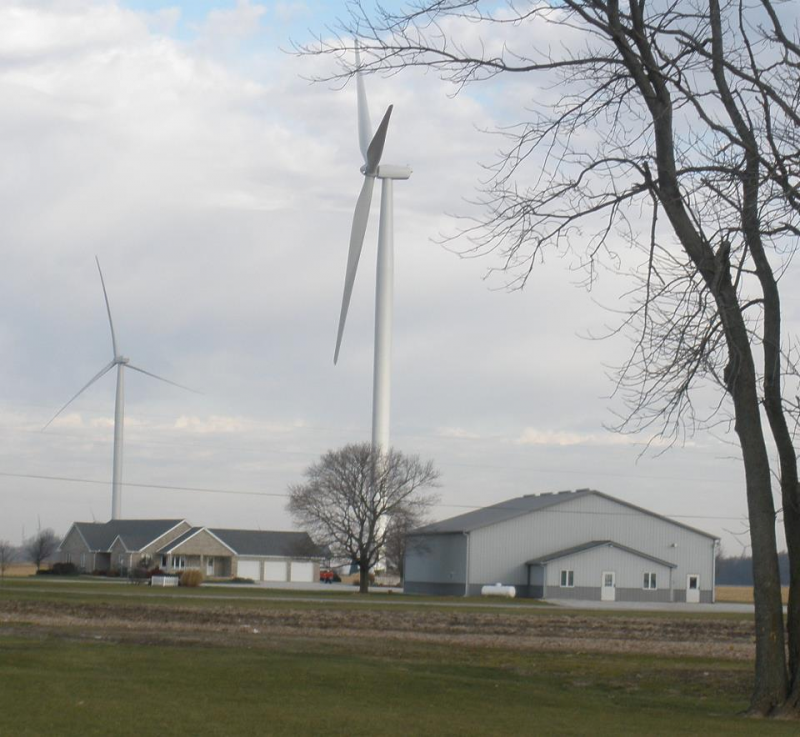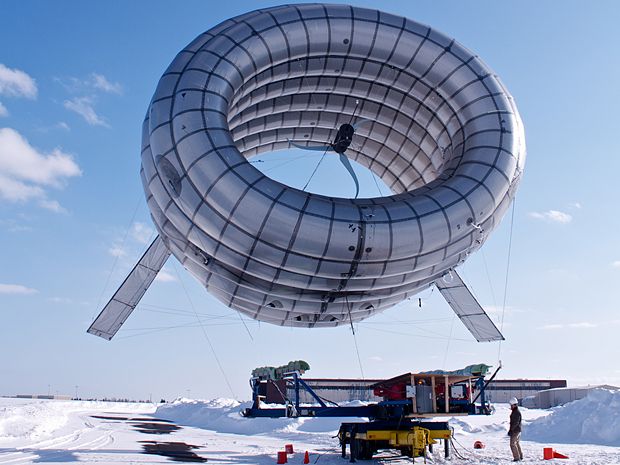
Posted on 05/20/2015 4:34:27 AM PDT by thackney
A new government report finds that taller wind turbines could help the U.S. vastly expand its wind-generated electricity, throwing new weight behind a wind industry push to reach higher into the air.
The wind power market is dominated by a dozen states, with Texas in the lead as the nation’s top producer, but all 50 states have the capability to mine their gusts and breezes for electricity, the U.S. Department of Energy argues in a new report.
“This report is great news for consumers, job-seekers, rural communities and others in the states that have yet to fully benefit from American wind power,” Tom Kiernan, CEO of the American Wind Energy Association, an industry trade group, said in a statement. “Our domestic wind resource is massive — enough to meet our electricity needs 10 times over — but largely untapped.”
Advances in wind turbine technology, coupled with taller towers, have opened up twice amount of land where it’s feasible to generate wind electricity since 2008 , the wind association said.
Deploying turbines that are 100 to 200 feet taller than the ones primarily used in the U.S. would allow wind farms to expand into new regions, including the Southeast, as well as boost capacity in existing farms, according to the study. These taller turbines already are widely used in Europe, including Germany, where the average wind turbine hub stands at nearly 381 feet.
The report was welcome news to the wind industry.
“Europe has already demonstrated you can safely use significantly taller towers without compromising air traffic needs,” Patrick Woodson, Chairman of E.ON, a German-based power supplier said in a statement. “Heading down this path will open several new U.S. areas for development and will provide another means to bring jobs and investment to areas that simply are not economic without them.”
The U.S. has about 1,000 of these taller turbines, the association said, but the technology has not been widely embraced here due to “unfavorable economics,” underscoring a need for better manufacturing techniques to reduce their cost, the Department of Energy said.
The government has undertaken several initiatives to support more wind-generated electricity. The energy department recently announced plans to fund research aimed at developing taller towers and larger rotors, while the Federal Aviation Administration is developing lighting guidelines for turbines taller than 500 feet.
The U.S. has tripled its wind power generation in six years, with 4.5 percent of the nation’s power now coming from wind, the association said.
Eyesores that can be seen from further away.
Yep - never let bad enough alone when you can make it even worse: "The U.S. has about 1,000 of these taller turbines, the association said, but the technology has not been widely embraced here due to “unfavorable economics,” underscoring a need for better manufacturing techniques to reduce their cost, the Department of Energy said."
and waste even more money while one is at it....
Is that height to the center?
Yes, lets double down on stupidity.
They might as well build them tall enough so that they’re in the jet stream. Just sayin’.
I know nothing about the capacity of wind turbines and the amount of KW they generate...
That statement sounds like complete BS...
And how in the hell do you service the damned things? That’s going to cost a bundle.
Bird choppers, indeed!
oldplayer
The hub is the center of the rotation, where the generator is located.
The title for world's largest wind turbine is constantly up for grabs as manufacturers build higher and bigger to capture more energy from the passing air.
One turbine in Alaska, however, will now spin high above the rest. Altaeros Energies will launch its high-altitude floating wind turbine south of Fairbanks to bring more affordable power to a remote community. Ben Glass, CEO of Altaeros told The New York Times that the company expects to provide power at about $0.18 per kilowatt-hour, about half the price of off-grid electricity in Alaska.
Unlike its earth-bound brethren, the airborne turbine is not intended to supply power for large electric grids. Instead, its sweet spot is serving far-flung villages, military bases, mines, or disaster zones. Various researchers have been developing floating wind turbines for years, but the 18-month project in Alaska will be the first longer-term, commercial project to test the technology, according to Altaeros.
Altaeros’ Buoyant Airborne Turbine (BAT) is an inflatable, helium-filled ring with a wind turbine suspended inside. It will float at a height of 300 meters, where winds tend to be far stronger than they are on the ground. The altitude of the BAT is about double the hub height of the world’s largest wind turbine.

It is not, but it also is not realistic to consider covering all area with wind turbines, or even 10% of the nation.
Man that’s high.
They should park a wind turbine outside congress - the hot air would power America forever.
Offshore wind power specialist Vestas has revealed plans to build the largest dedicated offshore wind turbine in the world.
The proposed V164 would have a 7.0 MW capacity, twice that of its predecessor, the 3.0 MW V112.
The awesome 164 meter (538 ft) diameter rotor would eclipse the size of the current titleholder, the prototype G10X installed by Gamesa in Spain in 2009 which has a diameter of 128 m (420 ft).
http://www.gizmag.com/vestas-v164-wind-turbine/18319/pictures

These wind turbine companies have the blessing of the government even though the turbines are not economically viable on their own, they are an eyesore, and they cause the death of birds, including eagles. Somehow, all that is forgiven by the energy utopians.
Want to bet if an enterprising journalist (do they still exist?) did a little digging he would find wind turbine companies made donations to political “charities” like the Clinton Foundation.
Disclaimer: Opinions posted on Free Republic are those of the individual posters and do not necessarily represent the opinion of Free Republic or its management. All materials posted herein are protected by copyright law and the exemption for fair use of copyrighted works.